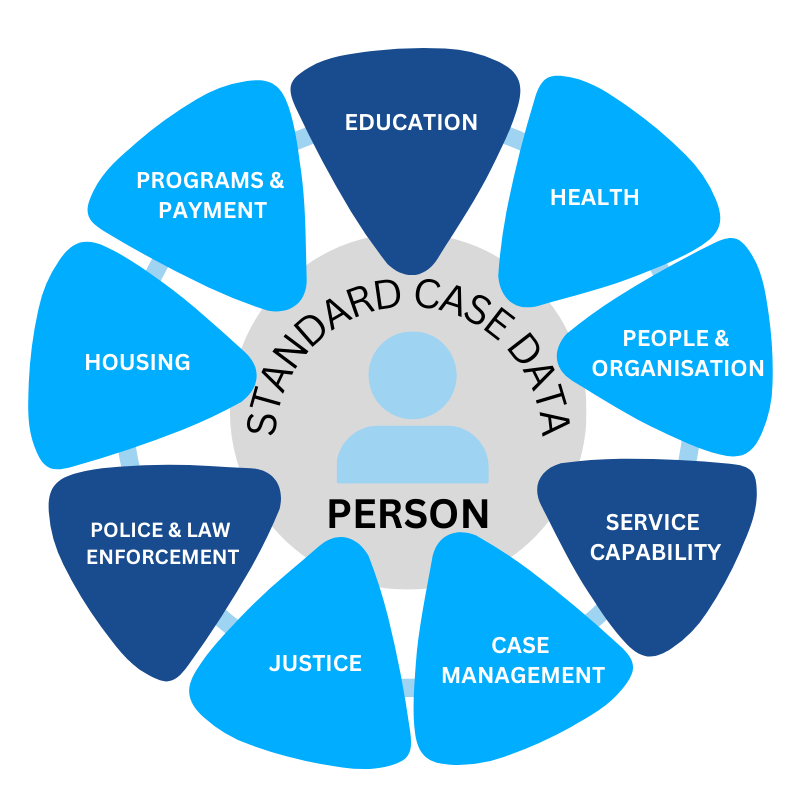 | Are you having this 360 degree problem as well? |
 | Are you having this 360 degree problem as well? |

____ What is a 360 Degree View?
To simplify this, data and information architecture brings together disconnected data to deliver a single view (360 degree view). This unlocks the value of your data as it offers organisations the opportunity to develop key insights derived from relationships between data.
These various inter-relationships can be used to identify anomalies, and insights into the performance of critical functions including managing customer relationships, monitoring networked assets, providing citizen services, setting government policies, and managing commercial contracts.
___ IMS Approach
IMS are experts at designing data and information architectures, and we have developed numerous ready to use architectures which when implemented, provide immediate value for decision makers around key areas of public and private administration.
We utilise a best practice data modelling approach (DAMA DMBOK pictured), to develop data architectures. The DAMA approach depicts data using subject areas, concepts and data domains, in order to facilitate understanding and simplification of business data, by creating a common business language that supports the exchange and reporting of data across groups, where relevant.


____ Examples of 360 Degree Views
360 degree view of Person
A key area of interest for government agencies providing services to people, is having a complete view of all relevant interactions from multiple areas of government, as well as the not for profit sector. This requires the development of information architectures and supporting data governance frameworks to support data sharing (link to data sharing).
IMS has developed a number of people information architectures, oriented around Customer, Citizen, Law Enforcement, and Child / Carer Welfare. This IMS information architecture provides a comprehensive view of all government and NGO services provided to children and carers of interest to government welfare services as illustrated here.
360 degree view of Asset
IMS has designed a number of information architectures to support construction, operation and maintenance of assets in the government sector. This includes networked infrastructure such as roads, water, electricity, gas and telecommunications; as well as civil assets including parks and open spaces and associated buildings and amenities.
This information architecture combines data from across the asset creation and maintenance and operating lifecycle, and can be used as a basis for compliance with International and Australian standards, including state based standards like the Victorian Government Asset Management Accountability Framework (AMAF).
____ 360 Degree View of Contractor / Service Provider
One of the areas of efficiency that organisations can readily tap into is ensuring that they have a comprehensive understanding of the contractors / suppliers that they are dealing with.
Are the suppliers providing the level of service that is expected? Are the number of issues arising from their services quantified / within service level agreements? Is there an understanding of the total dealings across all the subsidiaries of a corporate supplier?
By integrating the disparate data from multiple internal and external sources, the data was presented in an easy to understand visualisation, with parameters enabling a focus on specific types of work, specific service provider, excessive faults, etc.
Questions You Might Have